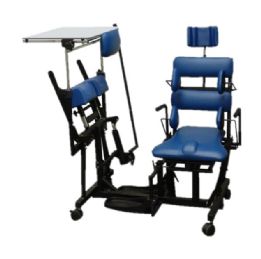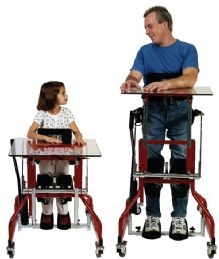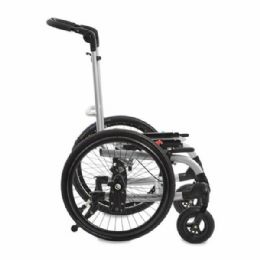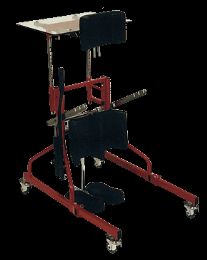













~1.jpg&newheight=260&quality=80)

.jpg&newheight=260&quality=80)

Standing frames work by providing a stable and secure structure that supports the user's body, enabling them to maintain an upright position without the risk of falling. This is achieved through a combination of secure straps, padding, and rigid supports that are carefully tailored to each individual's needs. The user is positioned within the frame, which is then adjusted to ensure comfort, safety, and proper alignment of the body. Once secured, users can engage in a variety of activities while benefiting from the therapeutic advantages of standing.
There are several styles of standing frames available, each designed to meet the unique needs of different users. Some of the most common types include:
Standing frames offer numerous benefits to users, including both physical and psychological advantages. Physically, they can help improve posture, circulation, and respiratory function by reducing the amount of time spent in a seated position. They also promote better bone density and muscle strength, reducing the risk of fractures and other complications associated with prolonged immobility. Psychologically, standing frames can boost self-esteem and confidence by enabling users to engage more fully with their surroundings and participate in activities they might otherwise be unable to enjoy.
Standing frames are commonly used by individuals with a range of mobility challenges, including those with spinal cord injuries, cerebral palsy, multiple sclerosis, traumatic brain injuries, and stroke survivors. They can also benefit individuals with a variety of other conditions that impact mobility or the ability to maintain an upright position, such as muscular dystrophy, spina bifida, and Parkinson's disease.
These versatile devices can be found in a variety of settings, from home environments to specialized rehabilitation centers. In the home, standing frames can be an integral part of a user's daily routine, enabling them to participate in activities with family members and maintain a greater sense of normalcy. In rehabilitation settings, standing frames are often employed as part of a comprehensive therapy program, helping patients to regain strength, mobility, and independence following an injury or illness.